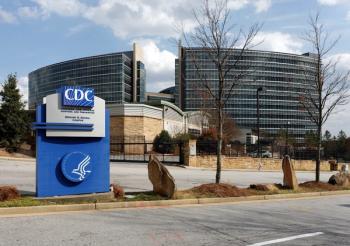
Most healthcare spending goes to small portion of population
Relatively small slices of the population account for substantial amounts of the nation's healthcare expenditures
A new government study confirms what many primary care physicians have long suspected, based on their own experience: A relatively small number of Americans consume a large portion of the nation’s healthcare resources.
A
Although heavily concentrated, the spending numbers actually represent an improvement from the late 1990s. At that time the top 1% accounted for 28% of healthcare spending, and the top 5% accounted for more than 50%.
The Statistical Brief examines concentration of healthcare spending using a variety of categories, including age, race sex, insurance status, chronic condition, and income. Some of its findings:
- Among the uninsured, the top 5% accounted for 67.3% of spending, with an annual mean expenditure level of $17,453 per patient.
- Among children under age 18, the top 5% accounted for 54.6% of spending, with an annual mean expenditure of $16,900 per person. At the other end of the age spectrum, the top 5% of those aged 65 and older accounted for 34% of spending among that sub-group, but the annual mean expenditure was $67,474.
- Among non-Hispanic blacks, the top 5% accounted for 58.4% of expenditures with an annual mean expenditure of $47,329, while for the top 5% of non-Hispanic whites the figures were 46.2% and $43,236, respectively.
- Among Hispanics, the top 5% accounted for 60.3% of healthcare expenditures with a mean annual expenditure of $27,307.
- The top 5% of men accounted for 55.7% of healthcare expenditures, but the annual mean individual levels were nearly equal between the sexes-$40,852 for men versus $40,617 for women.
Data for the survey were taken from the household component of the AHRQ’s Medical Expenditure Panel Survey.
Newsletter
Stay informed and empowered with Medical Economics enewsletter, delivering expert insights, financial strategies, practice management tips and technology trends — tailored for today’s physicians.
















